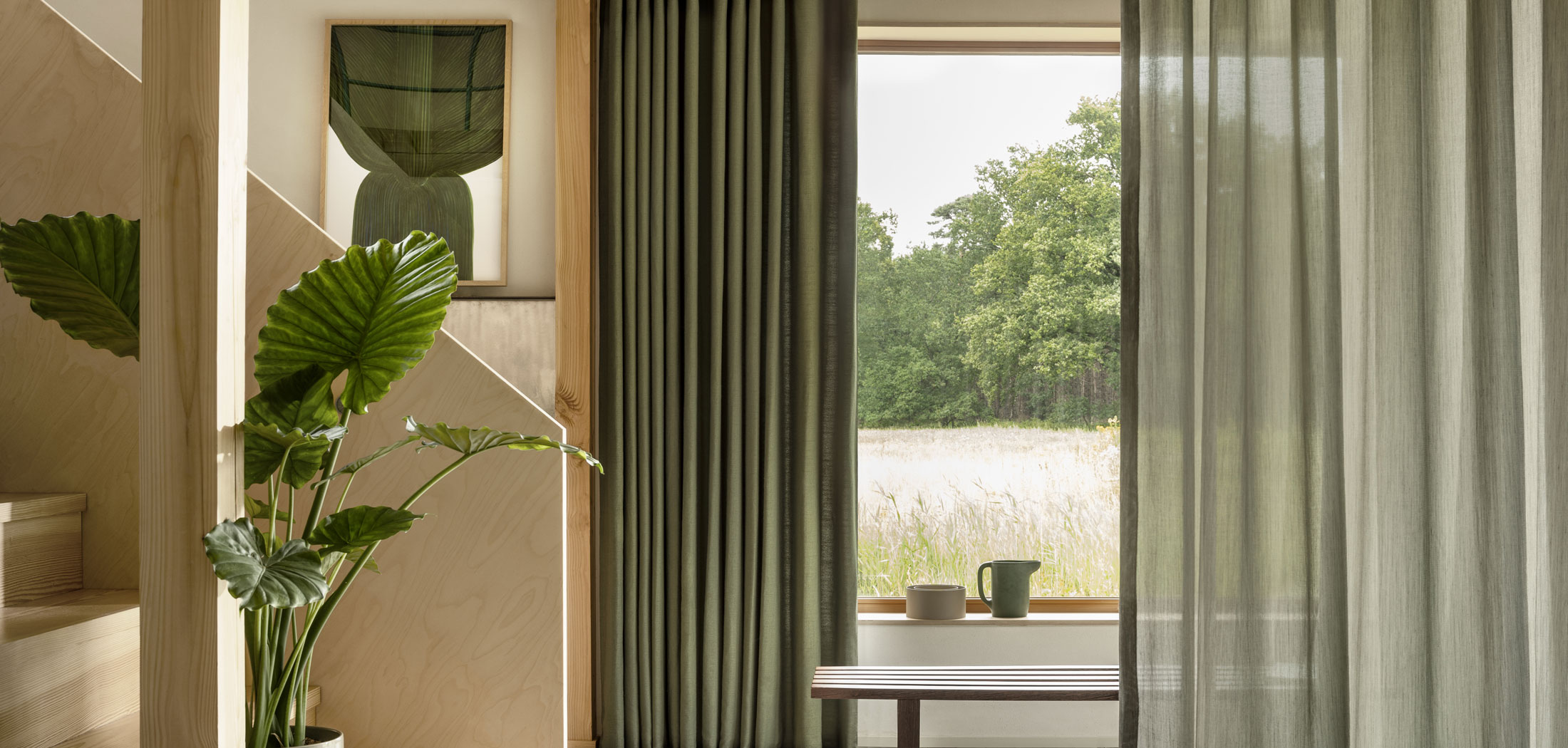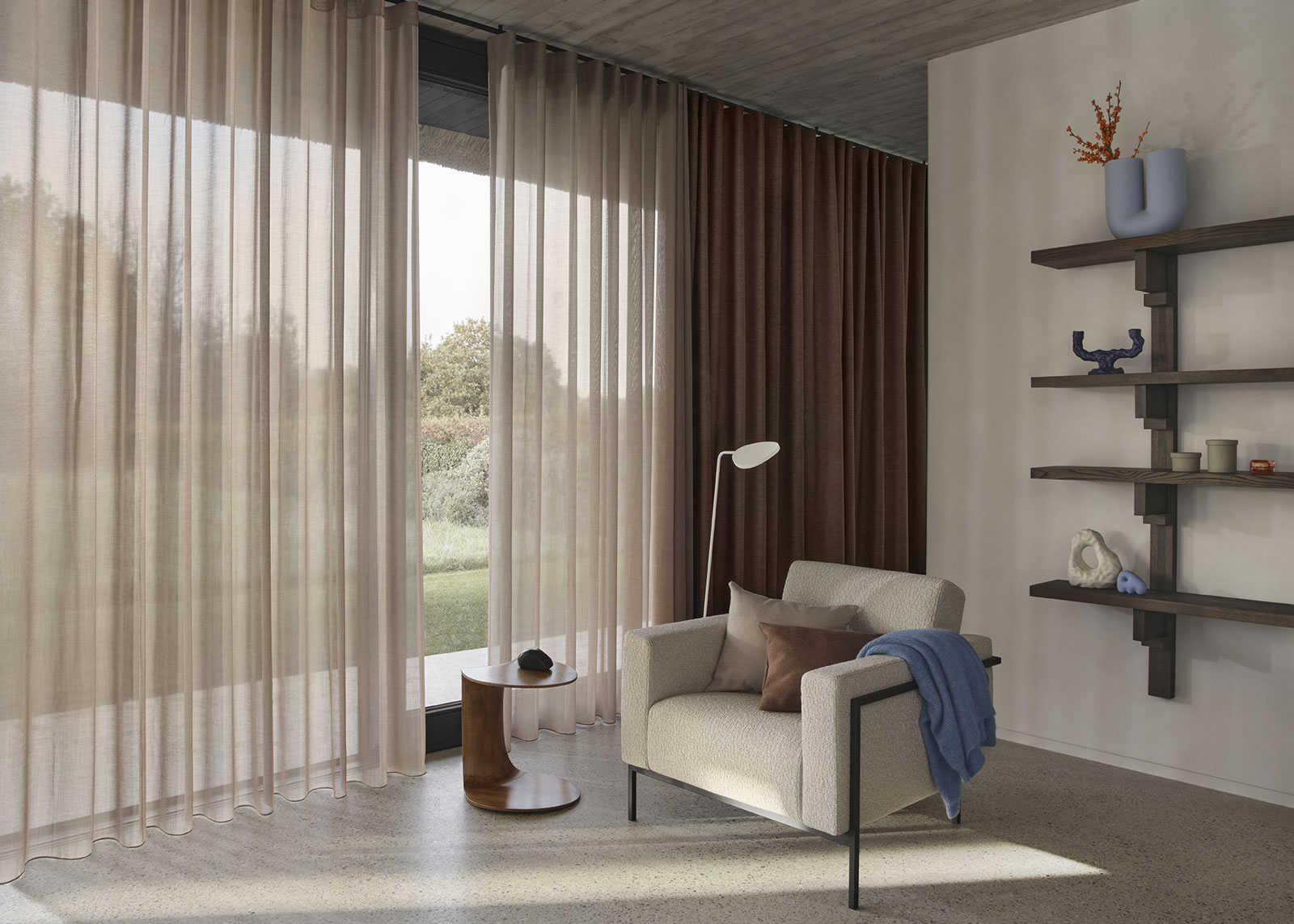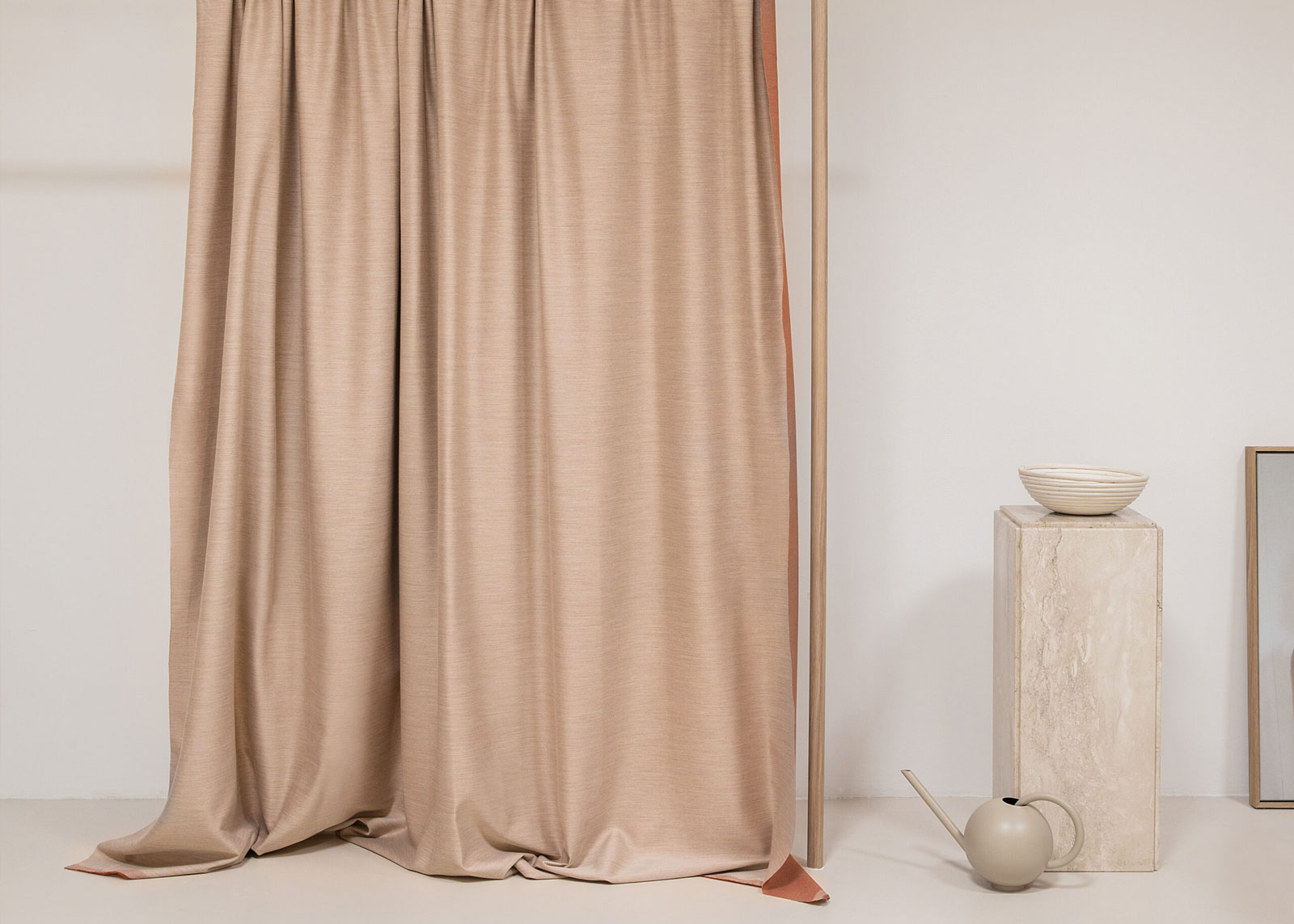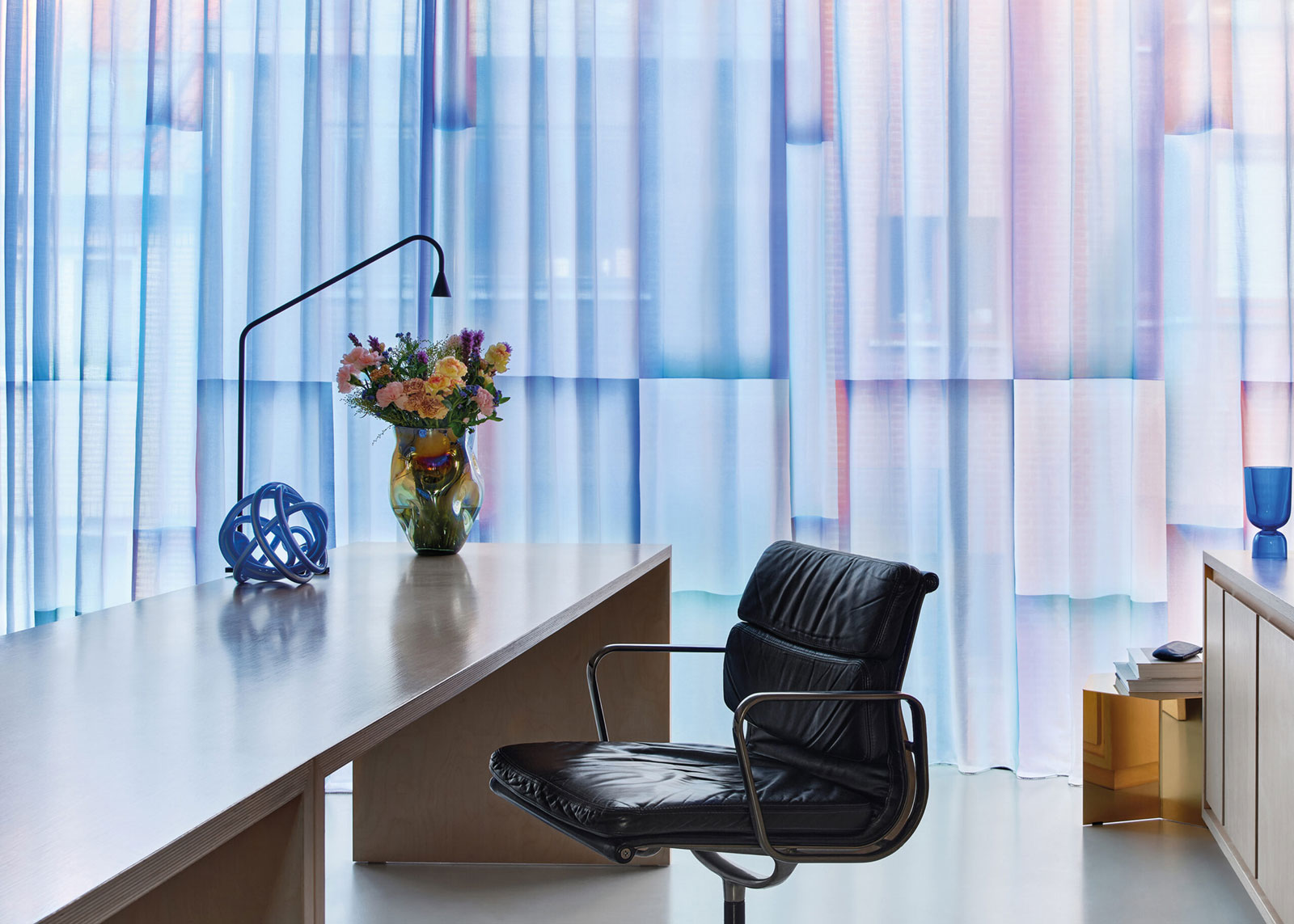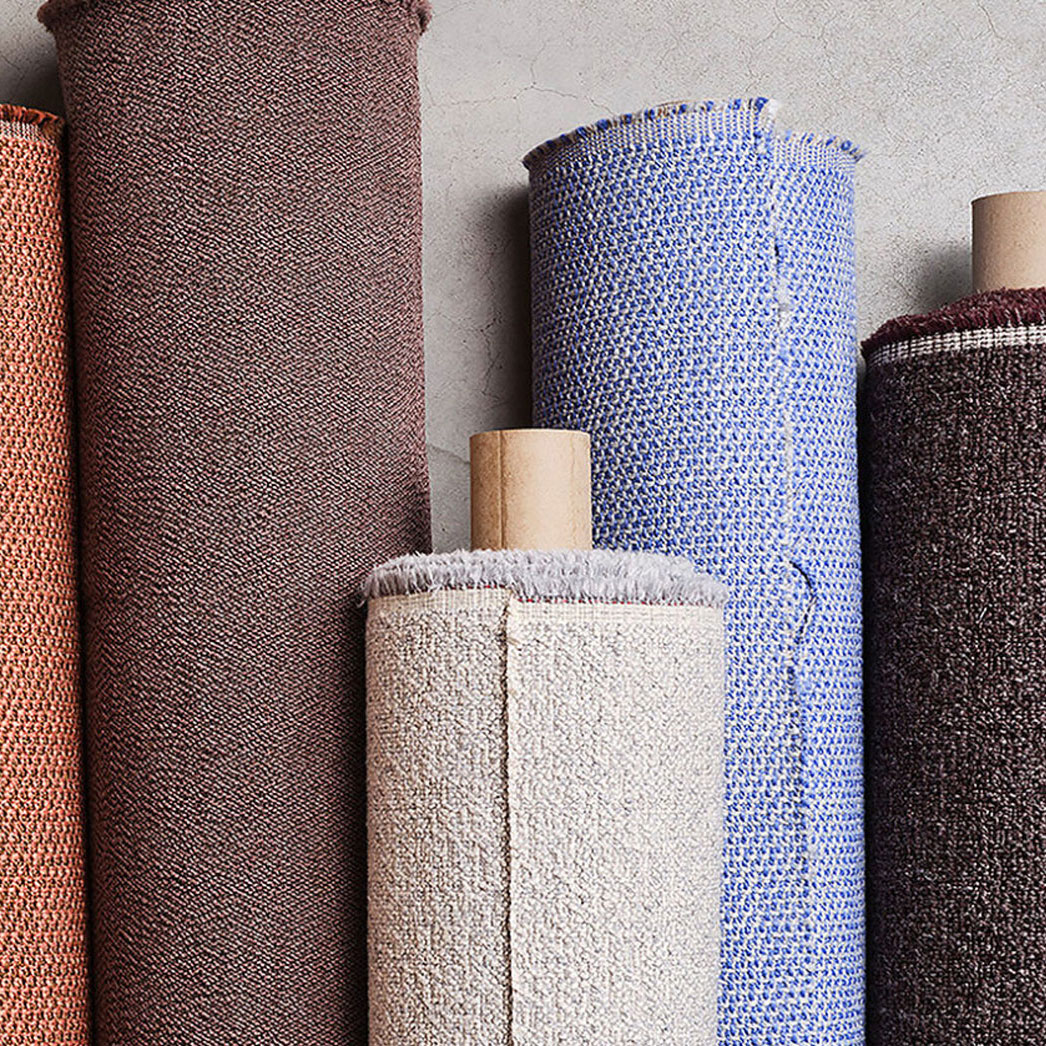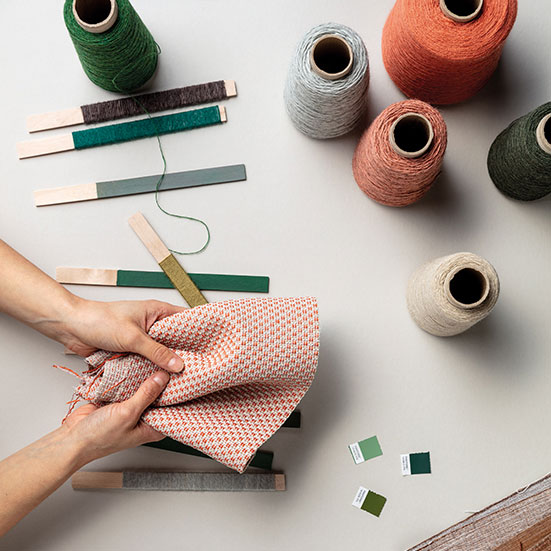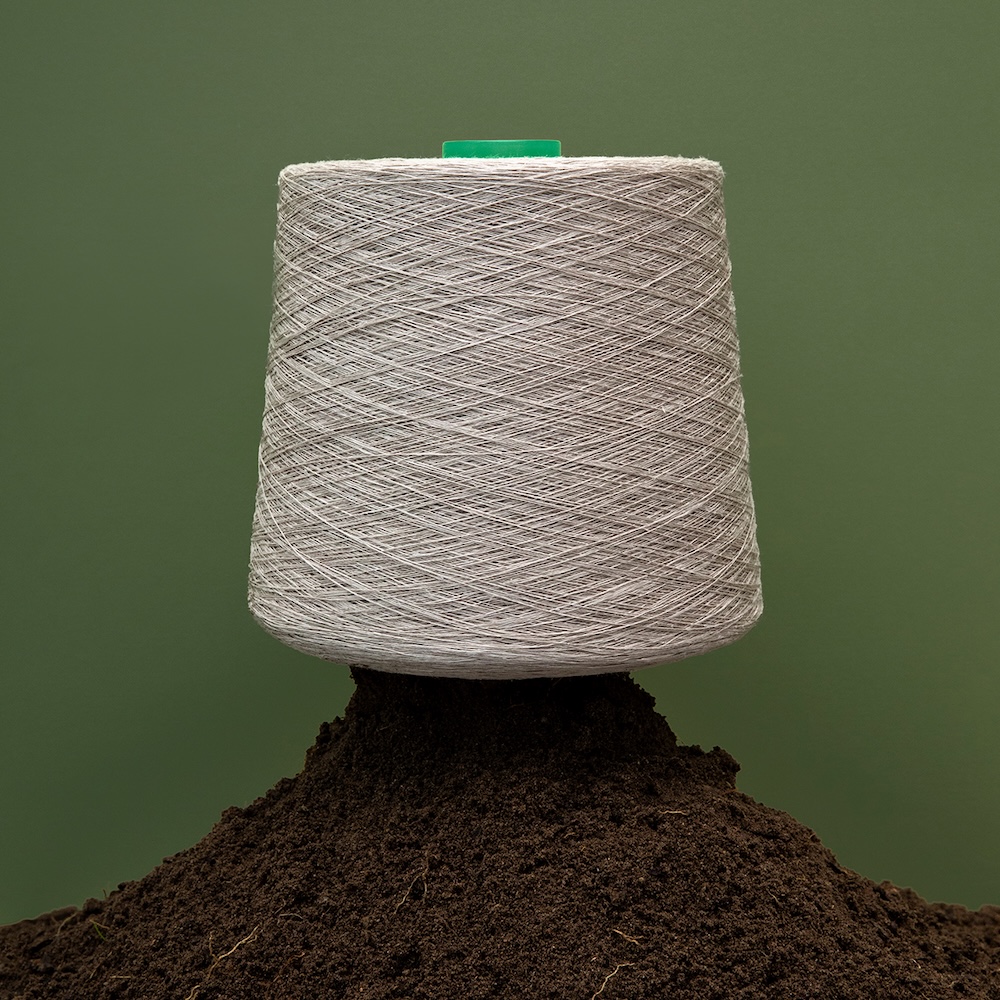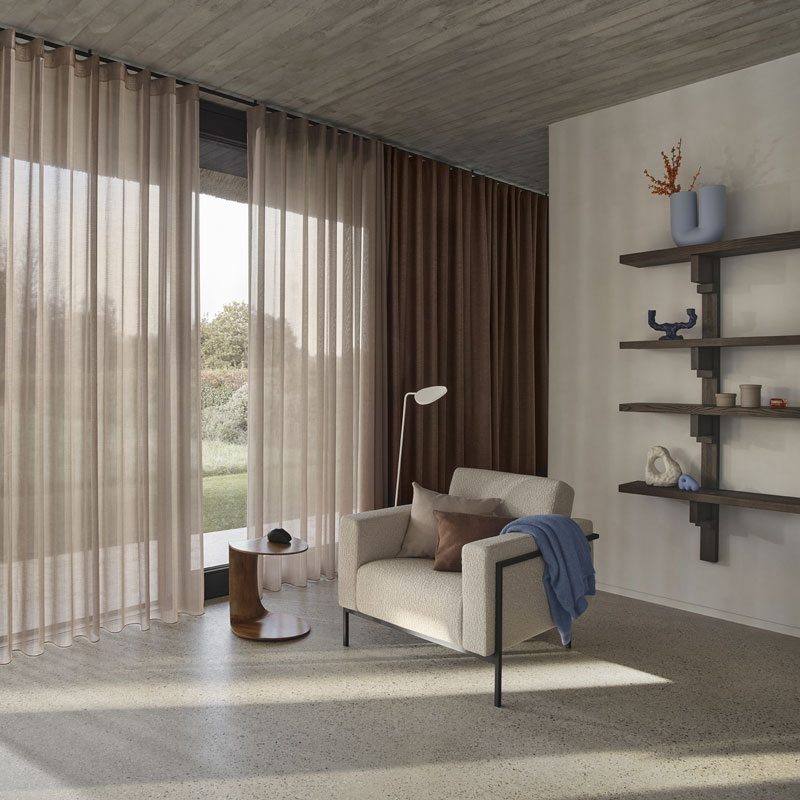Layering Curtains: How to Create Depth and Dimension in Your Interiors
Layering curtains is one of the simplest yet most effective ways to enhance your interior design. By combining different fabrics, textures, and curtain styles, you can create a rich, dynamic look that adds both functionality and visual appeal to any room. Here’s how to master the art of layering curtains to bring depth and dimension to your space.
At Svenska KJ, sustainability is at the heart of everything we do. Since 1961, we have strived to minimize our environmental impact while delivering the highest quality textiles to our clients. We believe that style does not need to be compromised and that an effective balance can be achieved through Environmental Sustainable Design (ESD). This philosophy guides every aspect of our operations, from sourcing materials to working with suppliers who share our commitment to the environment.
Start with the Basics: Sheers and Heavy Curtains
To create contrast and depth, begin with a light, airy sheer curtain as your base layer such as De Ploeg – Ebben or De Ploeg – Kombu. This allows natural light to filter through, brightening up the space while providing some level of privacy. Over this, layer a heavier curtain, like a velvet or linen fabric, which not only adds warmth but also enhances the room’s acoustics by dampening noise.
To create contrast and depth, begin with a light, airy sheer curtain as your base layer such as De Ploeg – Ebben or De Ploeg – Kombu. This allows natural light to filter through, brightening up the space while providing some level of privacy. Over this, layer a heavier curtain, like a velvet or linen fabric, which not only adds warmth but also enhances the room’s acoustics by dampening noise.
Mix Textures for a Multi-Dimensional Look
Combining different textures is an excellent way to add richness to your window treatments. For example, pair sheers with a thicker, textured fabric like wool, velvet, or bouclé such as the dim-out curtain De Poeg – Who. This mix creates a sensory contrast that visually enhances the space, making the room feel more inviting and sophisticated.
Combining different textures is an excellent way to add richness to your window treatments. For example, pair sheers with a thicker, textured fabric like wool, velvet, or bouclé such as the dim-out curtain De Poeg – Who. This mix creates a sensory contrast that visually enhances the space, making the room feel more inviting and sophisticated.
Use Different Lengths for Visual Interest
Choose a Coordinated Color Palette
When layering curtains, it’s important to select colors that complement each other. Opt for a monochromatic palette or choose colors that are adjacent to each other on the color wheel for a more cohesive feel. Alternatively, for a bolder approach, you could contrast dark and light colors. Ensure the fabrics and colors blend well with the rest of the room’s decor to maintain harmony.
Use Curtain Tiebacks to Control Layers
Tiebacks offer a way to gently pull back your curtains and reveal the layers beneath. Using stylish tiebacks can emphasize the layered effect and add a finishing touch. You can choose tiebacks that match the fabric or add a contrasting pop of color to complement the rest of the room. Not only do they help control the flow of fabric, but they also bring attention to the textures and colors you’ve chosen.
Consider the Functionality
When layering, always keep functionality in mind. Sheer curtains can provide daytime privacy without sacrificing light, while heavier fabrics are great for blocking out light at night.
Play with Pattern and Solid Combinations
To create depth and interest, combine solid fabrics with patterns or subtle prints. For example, a solid, rich-colored curtain can provide a beautiful backdrop for a more detailed patterned sheer curtain such as De Ploeg – Ombre. Conversely, if you prefer a subtler look, layering a sheer with a soft pattern can still add depth without overwhelming the room.
Choose a Coordinated Color Palette
When layering curtains, it’s important to select colors that complement each other. Opt for a monochromatic palette or choose colors that are adjacent to each other on the color wheel for a more cohesive feel. Alternatively, for a bolder approach, you could contrast dark and light colors. Ensure the fabrics and colors blend well with the rest of the room’s decor to maintain harmony.
Use Curtain Tiebacks to Control Layers
Tiebacks offer a way to gently pull back your curtains and reveal the layers beneath. Using stylish tiebacks can emphasize the layered effect and add a finishing touch. You can choose tiebacks that match the fabric or add a contrasting pop of color to complement the rest of the room. Not only do they help control the flow of fabric, but they also bring attention to the textures and colors you’ve chosen.
Consider the Functionality
When layering, always keep functionality in mind. Sheer curtains can provide daytime privacy without sacrificing light, while heavier fabrics are great for blocking out light at night.
Play with Pattern and Solid Combinations
To create depth and interest, combine solid fabrics with patterns or subtle prints. For example, a solid, rich-colored curtain can provide a beautiful backdrop for a more detailed patterned sheer curtain such as De Ploeg – Ombre. Conversely, if you prefer a subtler look, layering a sheer with a soft pattern can still add depth without overwhelming the room.
Experiment with Placement
Consider the placement of your curtains in relation to the wall and window. Mounting your curtain rod higher than the window frame can make the room feel taller, while placing it just above the window frame creates a more grounded look. The width of the curtain rod should also extend beyond the window to allow for a fuller, more dramatic effect.
Consider the placement of your curtains in relation to the wall and window. Mounting your curtain rod higher than the window frame can make the room feel taller, while placing it just above the window frame creates a more grounded look. The width of the curtain rod should also extend beyond the window to allow for a fuller, more dramatic effect.
Continue reading.
When it comes to upholstery fabrics, finding the right balance between style, durability, and practicality is essential, especially in the unique conditions of Australian living...
At Svenska KJ, we are proud to be the sole distributor of De Ploeg fabrics in Australia. Known for their exceptional craftsmanship and timeless appeal, De Ploeg fabrics have stood the test of time ...
Fabrics are the unsung heroes of interior design, effortlessly combining form and function to transform spaces. From setting the mood of a room to enhancing its practicality ...
At Svenska KJ, sustainability is at the heart of everything we do. Since 1961, we have strived to minimize our environmental impact while delivering ...
Layering curtains is one of the simplest yet most effective ways to enhance your interior design. By combining different fabrics, textures, and curtain styles, you can create a rich, dynamic look ...
